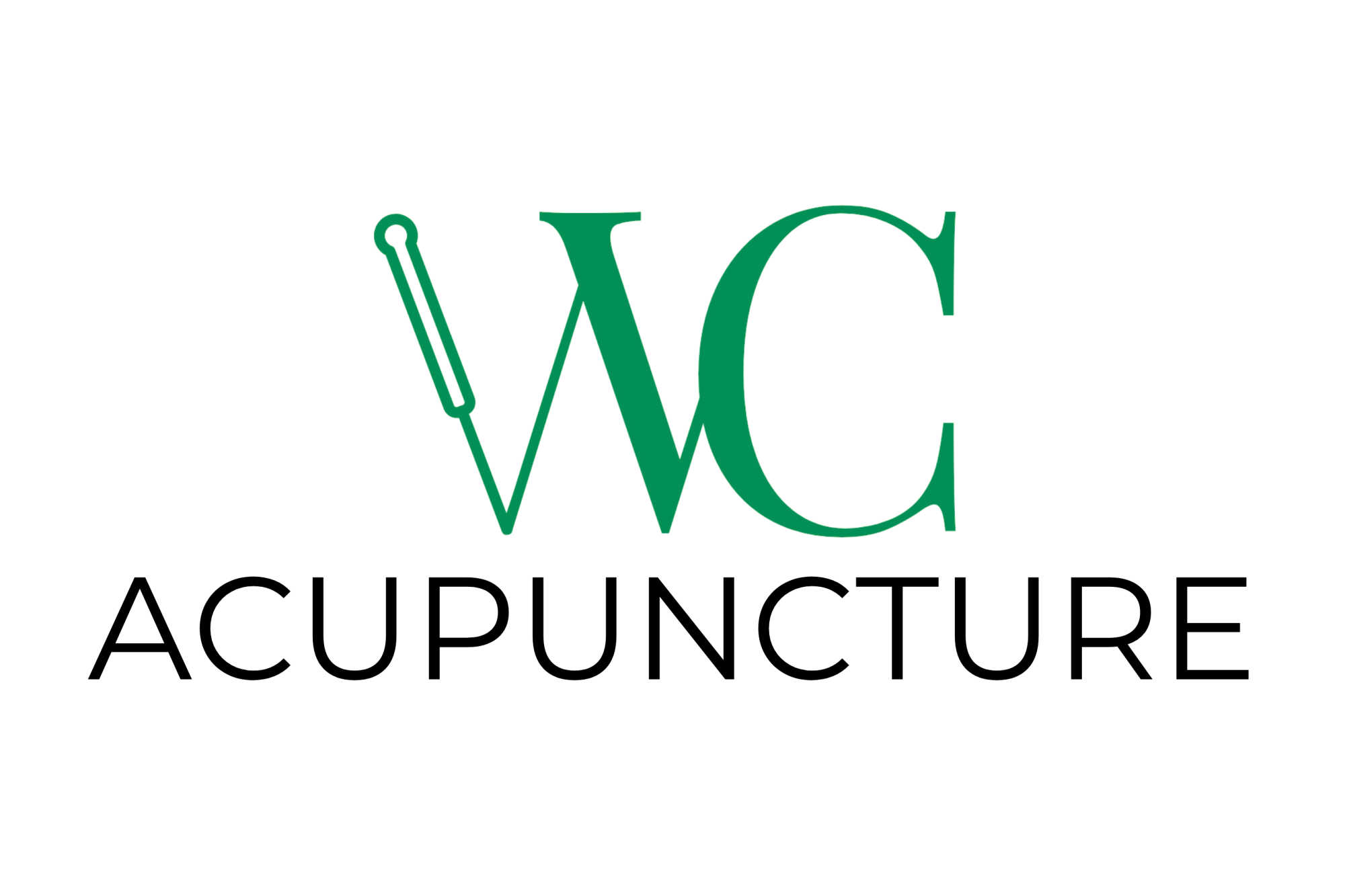Welcome back to the second part of our blog series on acupuncture and menopause. In this article, we will delve into real-life case studies that highlight the transformative effects of acupuncture in managing menopausal symptoms.
Case Study 1: Mrs. Johnson, a 52-year-old woman, was struggling with severe hot flashes and night sweats that disrupted her sleep and affected her daily life. She sought acupuncture treatment to alleviate these symptoms. After a thorough TCM assessment, a treatment plan was tailored to address her specific pattern of disharmony, which involved yin deficiency and liver qi stagnation. Acupuncture sessions were conducted twice a week, along with the use of a customized herbal formula. After four weeks of treatment, Mrs. Johnson reported a significant reduction in hot flashes and night sweats. Her sleep quality improved, and she felt more balanced and energetic throughout the day.
Case Study 2: Ms. Roberts, a 49-year-old woman, was experiencing mood swings,anxiety, and irritability associated with menopause. These symptoms were affecting her relationships and overall well-being. She decided to try acupuncture as a natural alternative to manage her menopausal symptoms. Through a comprehensive TCM consultation, it was determined that she had a pattern of liver qi stagnation and heart yin deficiency. Acupuncture sessions were scheduled once a week, focusing on specific acupoints to promote the smooth flow of qi and nourish the heart yin. After six weeks of regular acupuncture treatments, Ms. Roberts noticed a remarkable improvement in her mood swings and anxiety. She felt more emotionally stable, and her relationships began to thrive once again.
These case studies demonstrate the effectiveness of acupuncture in alleviating menopausal symptoms. By addressing the underlying imbalances and restoring the body’s natural equilibrium, acupuncture can provide relief from hot flashes, night sweats, mood swings, and other discomforts associated with menopause. However, it is important to remember that each individual is unique, and treatment plans should be tailored accordingly.
If you are experiencing menopausal symptoms, please don’t hesitate to contact me. I will conduct a thorough assessment, take into account your specific symptoms and patterns of disharmony, and create a personalized treatment plan to address your needs.
Acupuncture offers a safe and natural approach to managing menopausal symptoms, without the need for hormonal therapies or invasive procedures. By tapping into the body’s innate healing abilities, acupuncture can help you navigate through this transitional phase of life with greater ease and well-being. Embrace the power of acupuncture and embrace a healthier, more balanced menopause journey.
Dr. Winson Chen
